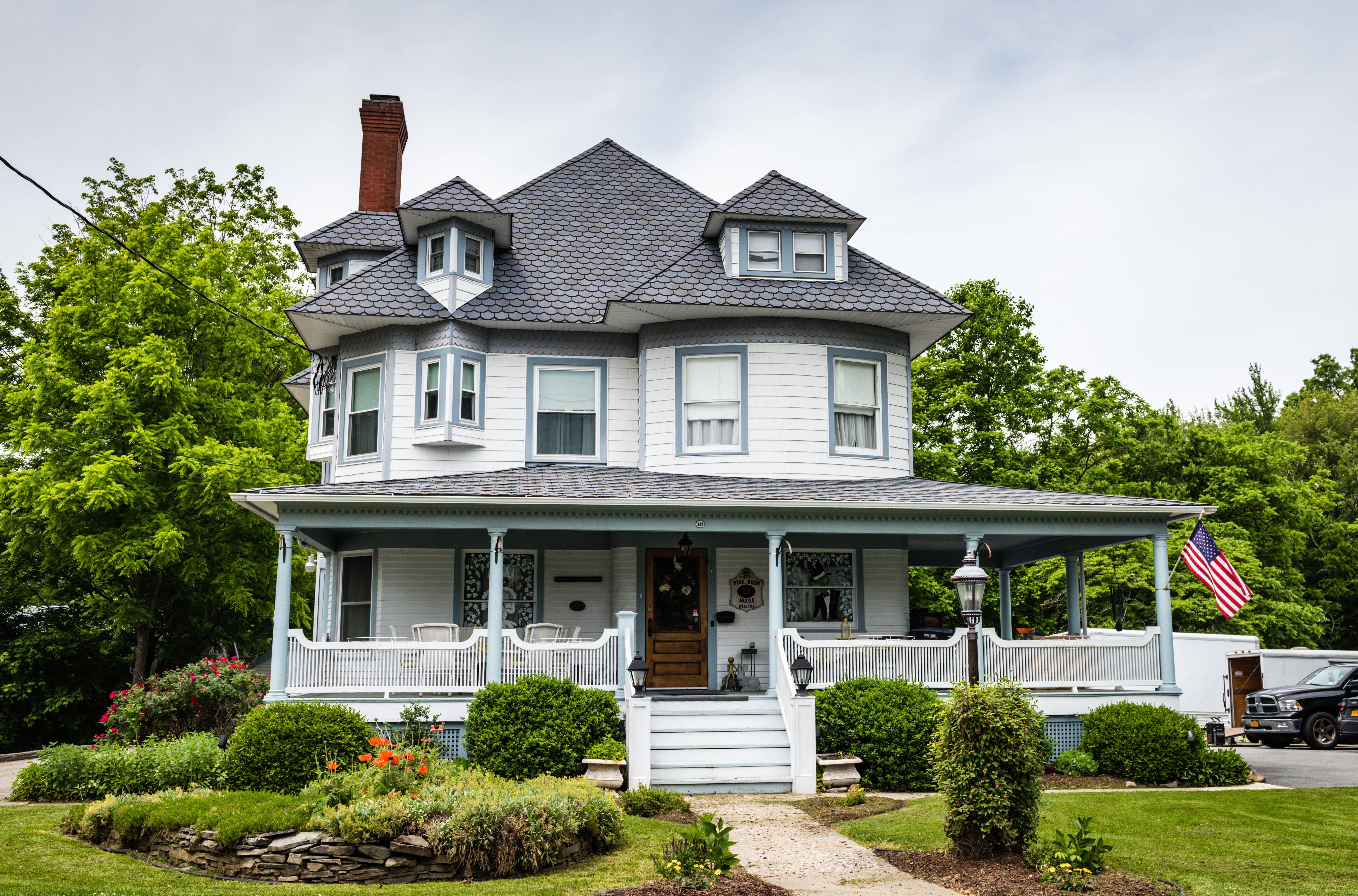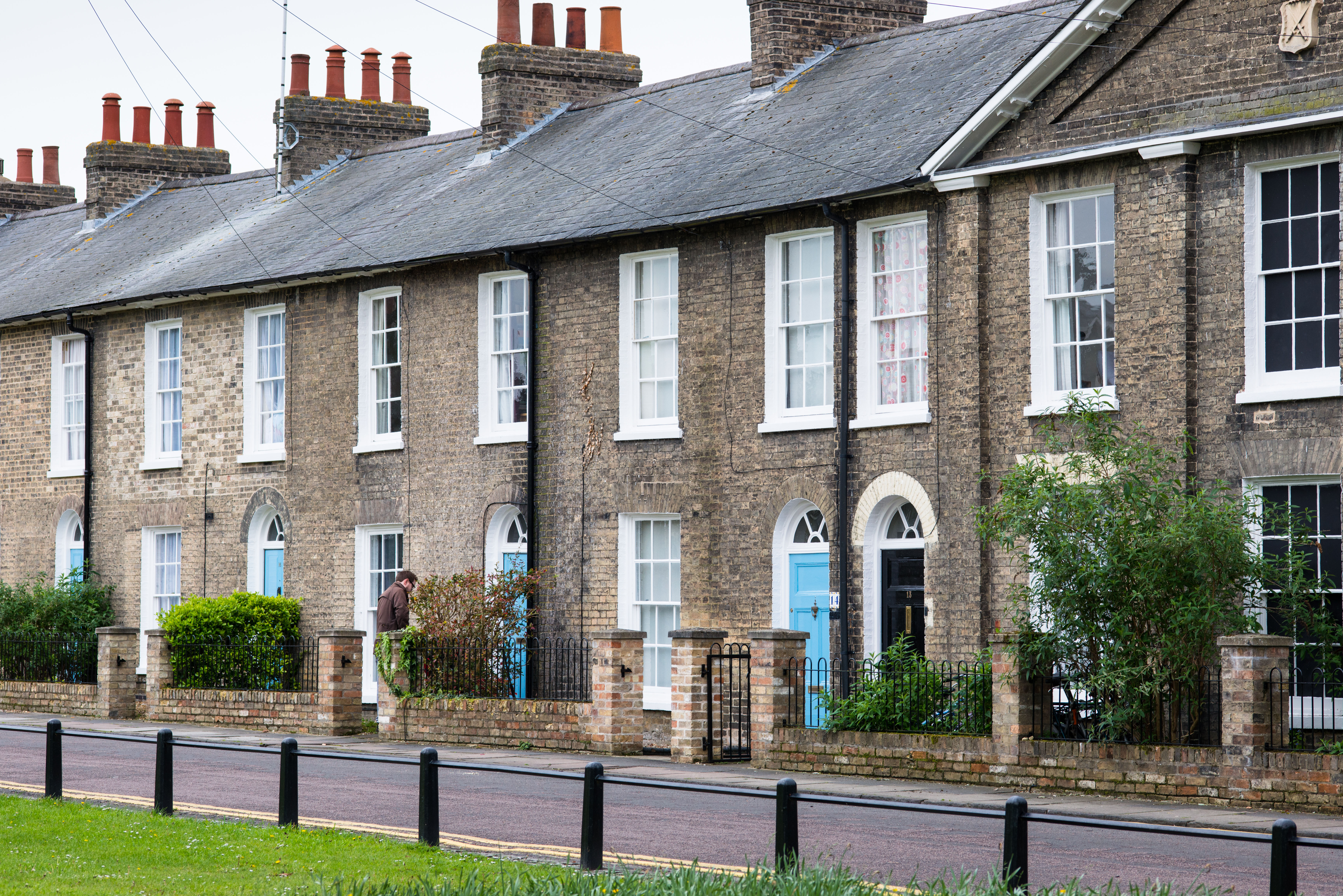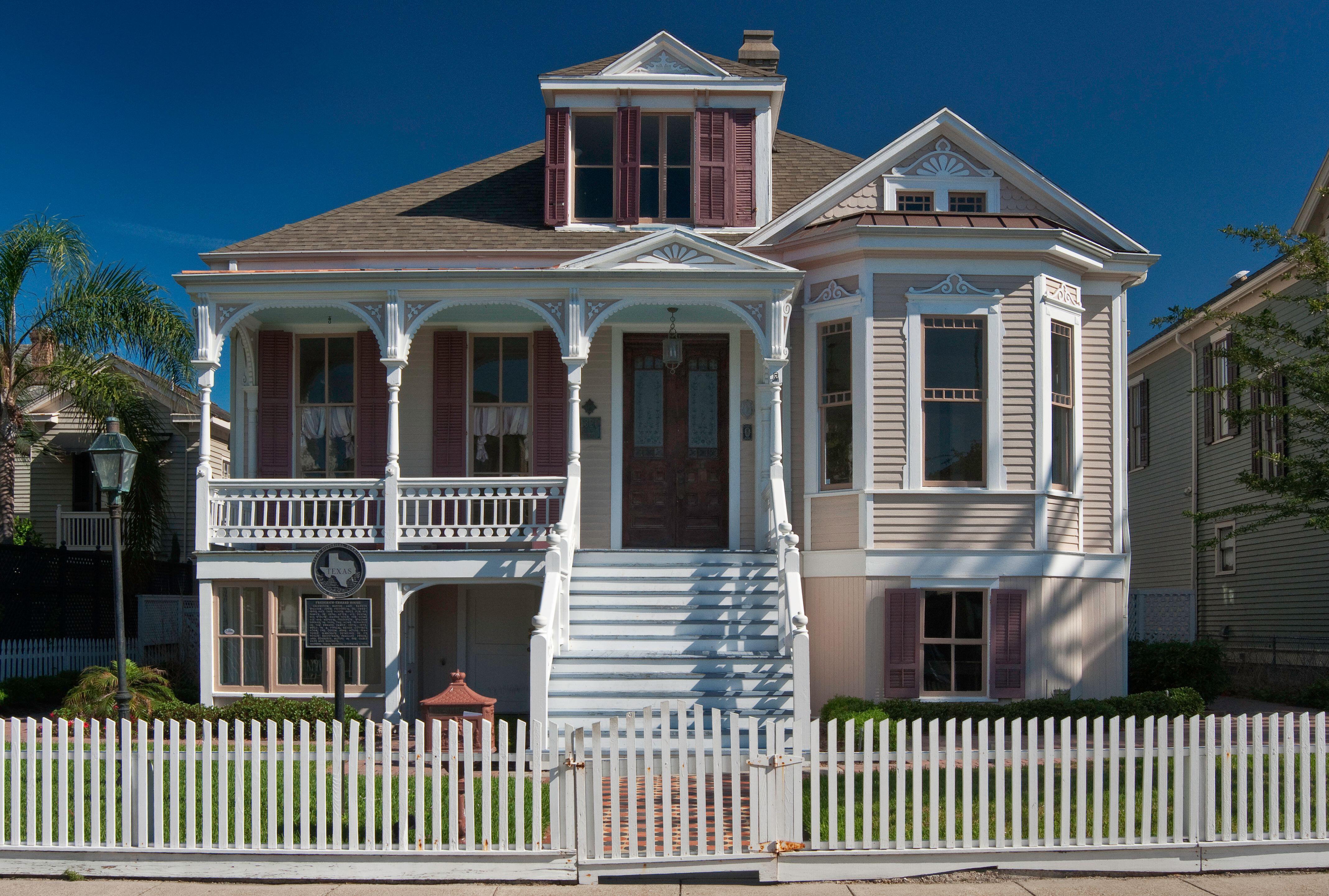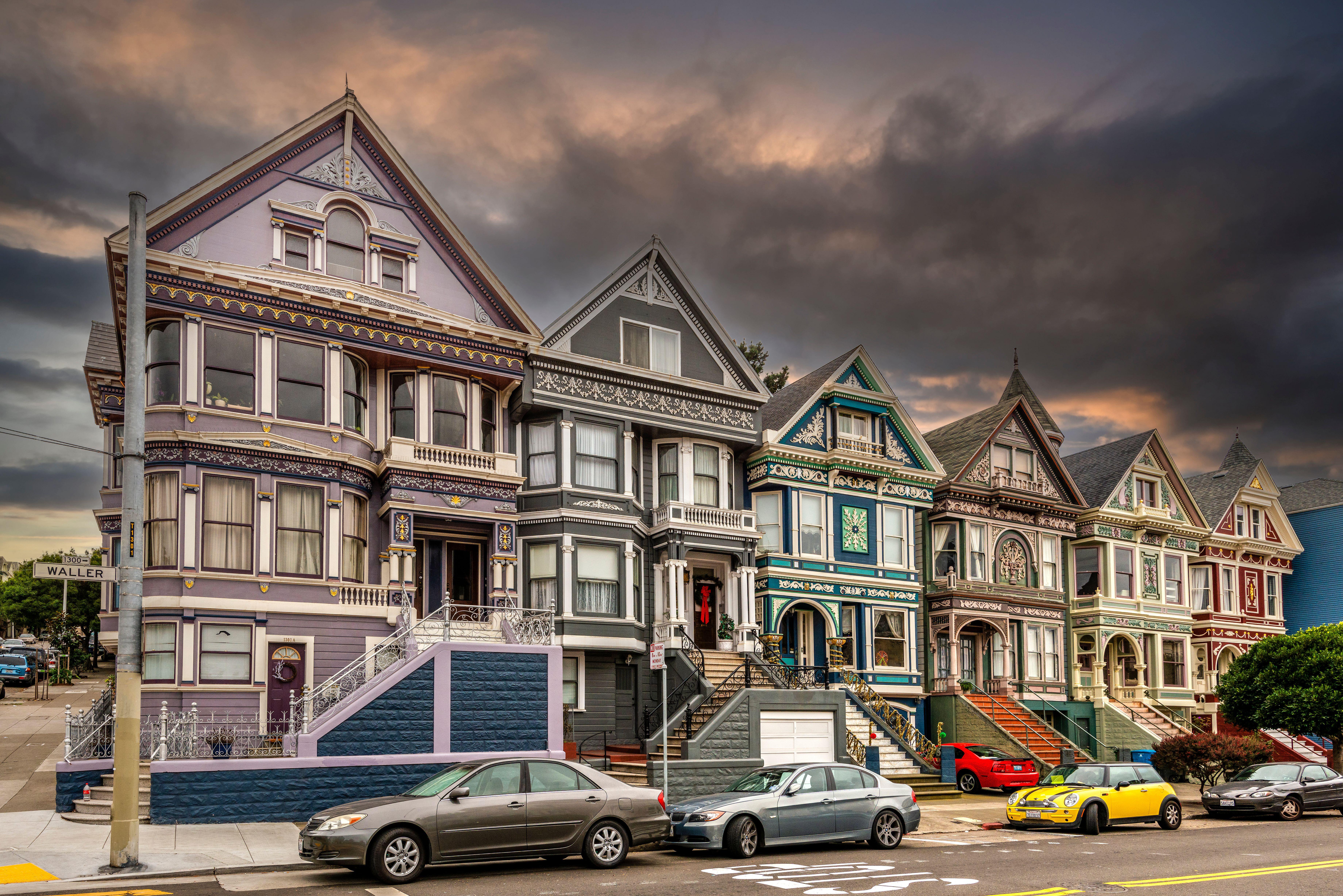Victorian house style – what it is and how to get the look
Everything you need to know about Victorian style homes, inside and out


If you’re looking for a home that can suit any class or quality, Victorian house style might suit your aesthetic. Ranging from ornate dwellings with latticework reaching up to every corner, to row houses built in a post-industrial era for Great Britain, Victorian homes cover a wide swath of territory when it comes to traditional architectural forms.
Below, we look at this most dramatic of house styles in the US.
What is a Victorian style house?

It depends where you are. In Great Britain, 'Victorian' homes can be classified as really any structures developed during the reign of Queen Victoria in the 19th Century. These include the ornate country houses and estates outside the cities to simple rowhouses, like those above in Cambridge, unfussy in the exterior, built for efficiency in the cities for all classes of people.
In America, Victorian homes are mostly known for being more ornate, with multi-level houses featuring decorate exteriors from towering turret windows to mounted wooden latticework, such as the one below in Galveston, Texas.

Where did the Victorian style originate?
The Victorian house style began under the reign of Queen Victoria in England. In Britain, the design and makeup of Victorian homes came after the Industrial Revolution, allowing for massive production increases in everything from machinery and steam engines to brick and mortar construction.
Regency style homes became less popular over time, with the Italianate design aesthetic enjoying new-found popularity, and a modest blend of the two defining the basis of Victorian house style.
Why are Victorian style homes so popular?

The continued popularity of Victorian house style comes mostly from these homes' ornate styling for a single family space. The vertical limits of the properties also allows for a quaint, cozy feeling in the interiors without having to lose the added room and square footage vertically.
Many of the most notable manors and country homes are also built in a Victorian house style, particularly outside of major cities like New York City. These historical lessons also keep them popular. Above, this more modest house in Pinebush, New York shows all the hallmarks of Victorian house style.
Where can Victorian style homes be found?

While most notably founded in Great Britain, the homes are also popular across the East Coast in the United States.
Because of the historical aspect of the design style, the East Coast features Victorian homes like this much more commonly than the West Coast because of the movement to the Americas in history.
West Coast editions of the style have also become popular in Northern California and hamlets around San Francisco – as evidenced in the row houses in San Francisco above.
What to look for in a Victorian style home?
In contemporary Victorian-style homes, potential buyers should look for these traits on the outside: additional height and stories, turrets and faux-towers to adorn the rooftop, and latticework filling out angles and corners of the roof joinery.
Inside, the rooms are quite traditional, with small spaces creating cozier atmospheres as opposed to larger open floor plans.
Sign up to the Homes & Gardens newsletter
Design expertise in your inbox – from inspiring decorating ideas and beautiful celebrity homes to practical gardening advice and shopping round-ups.

Timothy Latterner is a writer and editor living in New York City. His work has appeared in GQ, Conde Nast Traveler, Playboy, Vice, and Architectural Digest, where he also worked as the local news editor. He typically covers all things design, travel, and pop culture.
-
 I've spent over 200 hours testing vacuums and swear by my two Dysons – this is how I properly clean a Dyson vacuum filter for longer-lasting appliances
I've spent over 200 hours testing vacuums and swear by my two Dysons – this is how I properly clean a Dyson vacuum filter for longer-lasting appliancesYour Dyson vacuum will last much longer and clean at its best
By Dan Fauzi Published
-
 Bethenny Frankel calls this $695 machine the 'Rolls-Royce Cullinan of coffee' – it's a must-have luxury buy for iced-coffee lovers this springtime
Bethenny Frankel calls this $695 machine the 'Rolls-Royce Cullinan of coffee' – it's a must-have luxury buy for iced-coffee lovers this springtimeThe Real Housewife swears by a luxurious machine that makes nitro cold brew, cold brew, and cold espresso at the touch of a button – here's why it's worth it
By Sophie Edwards Published